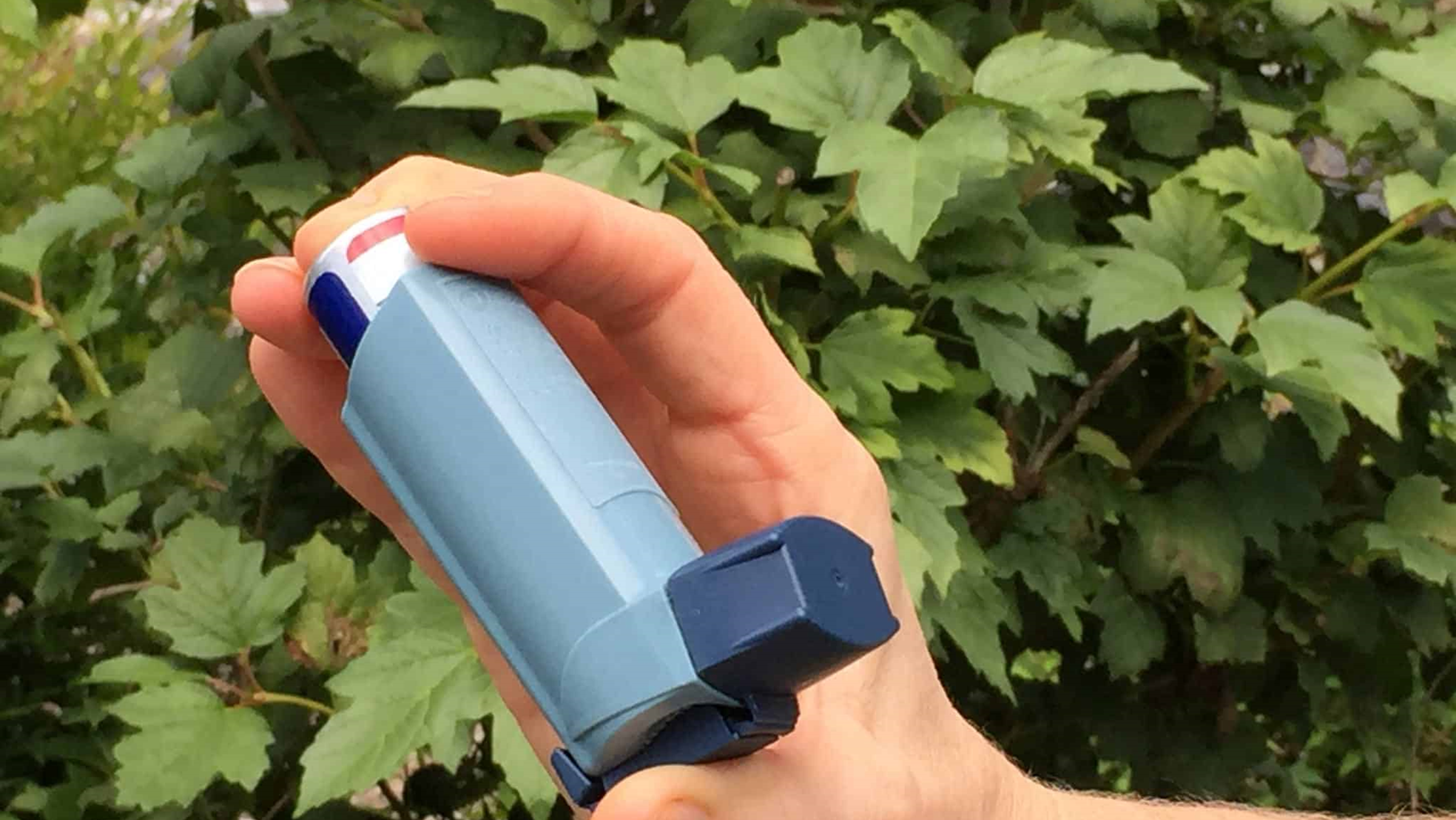Seasonal Asthma

There is an increased risk of seasonal asthma, hay fever and epidemic thunderstorm asthma during seasons with increased grass pollen levels. This typically occurs between October and December.
Epidemic thunderstorm asthma events are triggered by a combination of higher grass pollen levels and a certain type of thunderstorm. People with a history of asthma, undiagnosed asthma or hay fever are at an increased risk under these conditions.
This risk is increased further for people who have poorly treated hay fever and asthma.
The best way to reduce and prevent symptoms of asthma or hay fever and reduce unnecessary absences from school is to follow an up-to-date asthma action plan or hay fever treatment plan, provided by a general practitioner (GP) or specialist.
How to prepare for grass pollen season
- Ensure that you have provided the school with an up-to-date Asthma Action Plan, Hay Fever treatment plan, student medication, and your student has asthma relievers (puffers) on hand
- Students with a history of seasonal hay fever symptoms are encouraged to see a GP if they don't have a Hay Fever Treatment Plan
- Keep asthma medication accessible
Remain vigilant for COVID-19
It is important for students to manage any hay fever or asthma symptoms as those conditions can produce symptoms such as fever, cills, cough, sore throat, shortness of breath, runny nose and loss or change of sense of smell or taste, which are similar to COVID-19 symptoms.
If students experience these symptoms in different or worse ways to their usual hay fever or asthma symptoms, they should seek medical advice.
Find out more
https://www.betterhealth.vic.gov.au/health/conditionsandtreatments/thunderstorm-asthma
